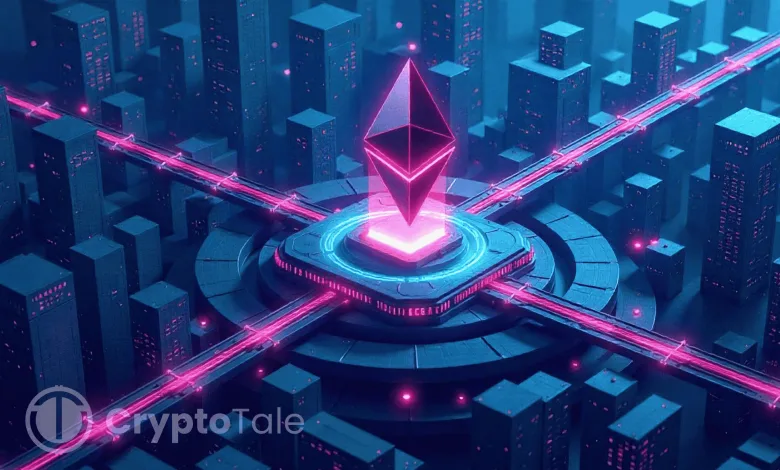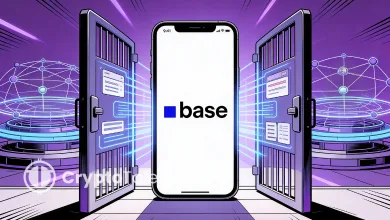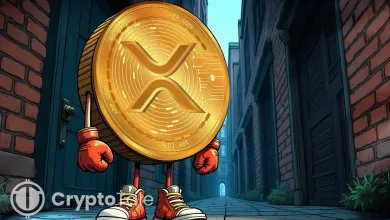Ethereum’s Pectra Upgrade: Boosting L2 and Validator Power

- The Pectra upgrade enhances Ethereum accounts, validator experience, and Layer 2 scaling.
- EIP-7702 enables account abstraction, allowing EOAs to batch transactions for efficiency.
- EIP-7691 boosts Ethereum’s blob capacity by 50%, improving scalability and cutting costs.
The Ethereum network is developing the Pectra network upgrade as a significant step toward creating a better, more advanced blockchain. The upgrade is live with the operation on the Holesky testnet in epoch 115968 on February 24. After this, the Sepolia testnet is expected to launch on March 5, 2025, at epoch 222464.
Key Enhancements in Pectra
Pectra further developed the Dencun upgrade and implemented several features that improve the Ethereum network. These updates include improving Ethereum accounts, extending the validator experience, and increasing compatibility with L2 solutions.
The primary enhancement of the Pectra upgrade is EIP-7702, a new addition to the Ethereum network that includes account abstraction. This will let the accounts of external ownership, commonly referred to as EOAs, include smart contract capabilities for account complexities and flexibility. This will enable users to perform multiple transactions simultaneously, thus making functions like token exchange more effective.
EIP-7702 also introduces gas sponsorship, where third parties can fund the costs of the transactions. This goes a long way in helping individuals who may not possess ETH in their pockets but desire to trade. The upgrade also introduces other options for authentication, like hardware security modules in phones, to afford transaction approval.
Validator Experience Improvements
Pectra also greatly improves the validator experience. EIP-7251 enhances the maximum worth for rewards for validators from $32 to 2048 ETH to allow for staking of increased worth cuts. This new feature will enable smaller validators to compound their rewards independently. Larger operators can coordinate validators for better effect and to reduce bandwidth consumption.
Related: Franklin Templeton Launches Bitcoin-Ethereum Combo ETF
With EIP-7002, validators have a new possibility: an Ethereum address to initiate the withdrawal, knowing that the withdrawal can only occur based on a validator’s signing key. This minimizes trust assumptions and offers more opportunities for validators to make their own decisions. Also, the EIP 6110 shortens the time for validators to process deposits from 9 hours to only 13 minutes on average to enhance the staking experience.
Blob Capacity Expansion
Pectra incorporates EIP-7691, which increases Ethereum’s blob capacity to the network by 50%. L2 solutions use blobs to temporarily store compressed transaction data and send it to the aggregated layer. This will enhance Ethereum’s capacity to manage L2 transactions, cutting costs and making it even more scalable. EIP 7623 will also constrain the maximum size of a block, making it possible to accommodate the additional data.




